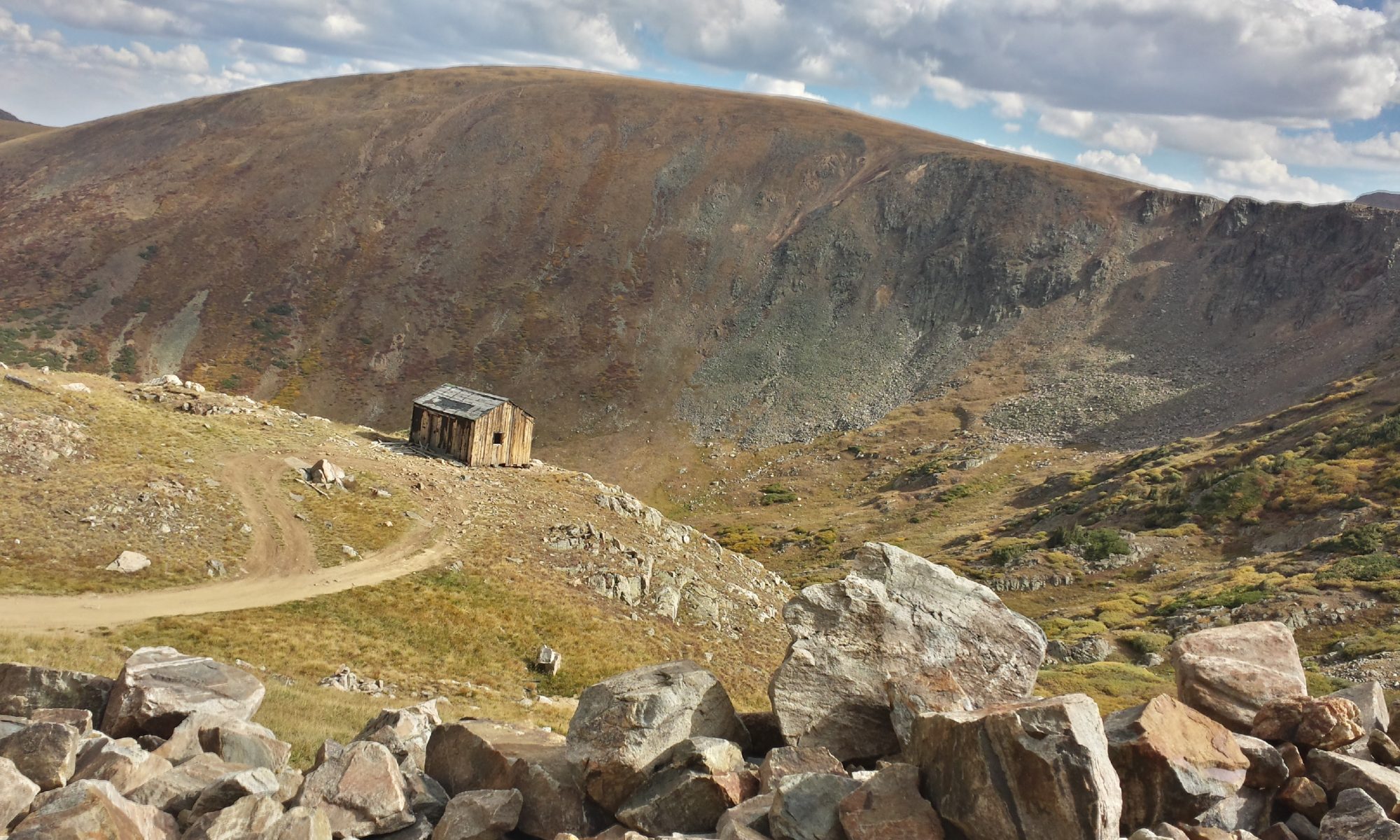A little over a year ago I started using Gallery2 on my website to host photos. A few months after the initial adoption I discovered that Gallery2 is most definitely NOT cut out for any serious integration with WordPress. Or at least not with the WPG2 plugin and not while hosted on a standard account with DreamHost. Since the spring I have been working off and on to convert all of the posts using Gallery2 over to the built-in WordPress image management system. This evening I finally finished. I now am free of Gallery2. Forever!
Best way to display content – pages or posts?
I’ve been slowly porting content over from my old website host to my new website. It’s been a bit of a painful process as I had hand-coded most of the html on the old pages in such a way that it is rather difficult to move directly from one server to the other. Back when I made the pages in question, I didn’t own a domain name and was thus hosting it off of my university’s top-level domain behind a “/~username” setup. To bring them over to my new site, I’ve been replicating the content of the old pages into pages on WordPress. I have also moved the photos from the old site, where they were static, to the new site and a Gallery2 installation that allows more flexibility with some tradoffs that I have discussed in earlier posts.
As I’ve been moving the content over, I’ve been placing it into pages. The way I’ve understood pages and posts is that pages are for static content, such as my old travel photos and writeups, and pages are for dynamic content that rotates through, such as what I am writing here. Pages are organized hierarchically in WordPress while Posts are put into categories and have tags attached.
Looking at my traffic patterns, it seems almost as if the pages that I have put up aren’t registering in search engines. My posts certainly get lots of hits, as is evident by the traffic spike I had for my Sarah Palin Erotica post. Who knew so many people wanted to read about her having eskimo threeways? I didn’t!
Is there a reason that I haven’t been getting very many hits on my pages? Is it because there are no tags assigned to them? Is it from the plugin (Google XML Sitemaps) I use to generate sitemaps? Is it somehow related to the way WPG2 displays images on the pages?
This all leads me to wonder if it would be better to put my old travel photos (and newer ones) into posts rather than pages. Thoughts, anyone?
On the evils of software bloat
Today I found out that Gallery 2.3 was released about a week ago. It’s been a few years in the making and has some very needed upgrades and bug fixes. I had thought about this before but really realized today just how bloated a Gallery2 installation can be. The English-only installation has well over 2000 files that need to be uploaded to a server. Granted, it could all be done on the server with a tar ball, but it is easier for me to unzip it on my local machine and upload via ftp.
The full installation option (the one that comes will all of the languages pre-loaded) runs somewhere around 10000 files. Quite frankly, that’s a bit absurd. With so many files and so many subdirectories, it becomes unmanageable to even unzip the installation file.
Why does Gallery2 need so many files? I really couldn’t tell you although it looks like the vast majority of them are language files. The KISS principle doesn’t seem to be at play here. I haven’t been able to find out if this was actually created yet, but this language manager tool that was in the works a few years back sure seems like something nifty that could be very useful, especially for those of us who ended up with many large language packs cluttering up our installations. After all, I really don’t need to use the administrative interface in British English.
WordPress so far has managed to stay away from such a large bloating problem. It seems to have better management of how many files it requires on your webserver. However, I wouldn’t be surprised to see WordPress have the same fate befall it. Beware, WordPress, and take note Gallery2, it is REALLY annoying having to work with thousands upon thousands of files on my webserver.
